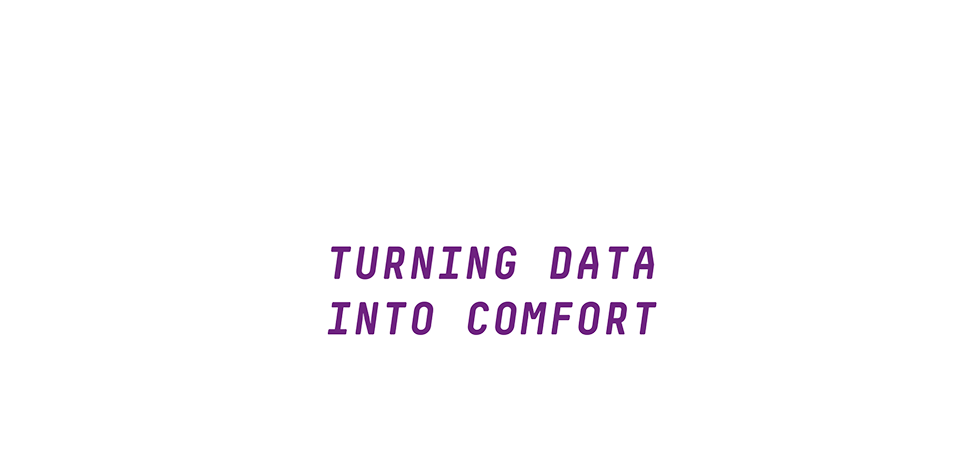 |
  |
|
|
AESOP delivers insight into business relevant user
experience - from average to outliers - for each new
deployment.

By providing observability (and MAPE-K) loop tapping
into “normal” observability constructs with minimal
invasiveness, both for legacy or cloud-native
developments. From IIS running on-prem all the way to
Service Mesh deployments on EKS.
Unlike New Relic, Sysdig or Datadog (which we integrate
with), that are a custom case by case analytics, and don’t
transfer with the apps, AESOP is platform agnostic and is
actually part of your application deployment.
Observability is part of the existing metrics and
monitoring tools.
Your users don’t care how much RAM, CPU or Storage they
use. They care about what experience you provide. Track
that, with AeSOP!
Track what matters. Automatic profiling of deployments,
from the USER perspective. Per deployment. No second
guessing. From big bang releases to config change of an
Ingress Gateway, deployments get measured, Service Levels
and availability are analysed.
• Insightful Observability
• Non-invasive Telemetry
Tie in to DevOps metrics. Performance testing for Elite?
Testing in Production. DR & BC budgets.
Observability for all. Legacy, Cloud-Native, Serverless.
All are welcome with AeSOP. Remember when Continuous
Delivery was only for “Websites”? That didn’t age well.
So, is observability only for Cloud or Service Meshes?
Maybe only for Containers? This isn’t going to age well
either. You don’t need a Service Mesh, Prometheus or any
other tools, although…your welcome to bring them along and
plug-in any existing solutions to AeSOP.

AeSOP was born out of the belief that modern software
development, especially with DevOps cultures, has far
outpaced our traditional OPs silos and solutions. We have
increased automation, achieving sustained and better
controlled speed, but only up until deployment. We have
failed to address the “day 2” of operations. We have
failed to address the continuous nature of “running a
service” and how to ensure the best user experience and
“business availability”.
|
 |
|











